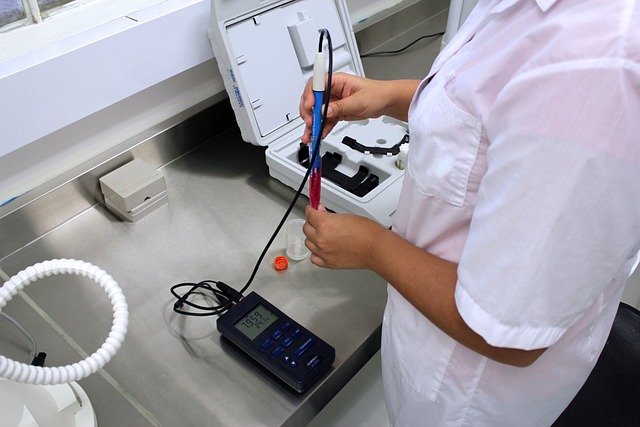Diagnosis of STDs
Diagnostic Tests Available
Diagnostic tests play a crucial role in the identification and management of sexually transmitted diseases (STDs). These tests not only aid in confirming an infection but also inform treatment decisions and preventive strategies. Awareness of the various diagnostic methods available empowers individuals to take control of their sexual health and make informed choices regarding testing and care.
One of the most common diagnostic tests for STDs is the nucleic acid amplification test (NAAT). This test is particularly effective for detecting bacterial infections such as chlamydia and gonorrhea. NAATs work by amplifying the genetic material of the pathogens, allowing for the identification of even small quantities of the bacteria in urine or genital samples. The accuracy and sensitivity of NAATs make them the preferred choice in many clinical settings, often leading to earlier diagnosis and treatment.
Another widely used diagnostic method is serologic testing, which detects antibodies produced by the immune system in response to an infection. This form of testing is essential for diagnosing viral STDs, such as human immunodeficiency virus (HIV) and syphilis. Serologic tests can vary in their specificity and sensitivity, and the timing of the test is critical; it may take weeks to months for antibodies to become detectable after an infection occurs. Understanding the window periods for these tests is vital for effective screening and early intervention.
Rapid diagnostic tests (RDTs) have gained prominence in recent years due to their ability to deliver results quickly, often within minutes. These tests are particularly valuable in emergency settings or for individuals who may not have access to traditional healthcare facilities. RDTs can be used for HIV, syphilis, and some other STDs, providing immediate results that can facilitate timely counseling and treatment. However, it is important to note that while RDTs offer convenience, they may not always be as accurate as more comprehensive laboratory-based tests, necessitating confirmatory testing when results are positive.
In addition to these established testing methods, advancements in technology are leading to the development of new diagnostic tools. For instance, point-of-care testing (POCT) allows healthcare providers to conduct tests in a variety of settings, including clinics and community health centers, without the need for specialized laboratory facilities. These innovations aim to increase accessibility to testing, reduce stigma associated with STD screenings, and ultimately enhance public health outcomes. As new technologies emerge, it becomes increasingly important for individuals to remain informed about their options and to engage in proactive discussions with their healthcare providers regarding appropriate testing strategies.


No responses yet